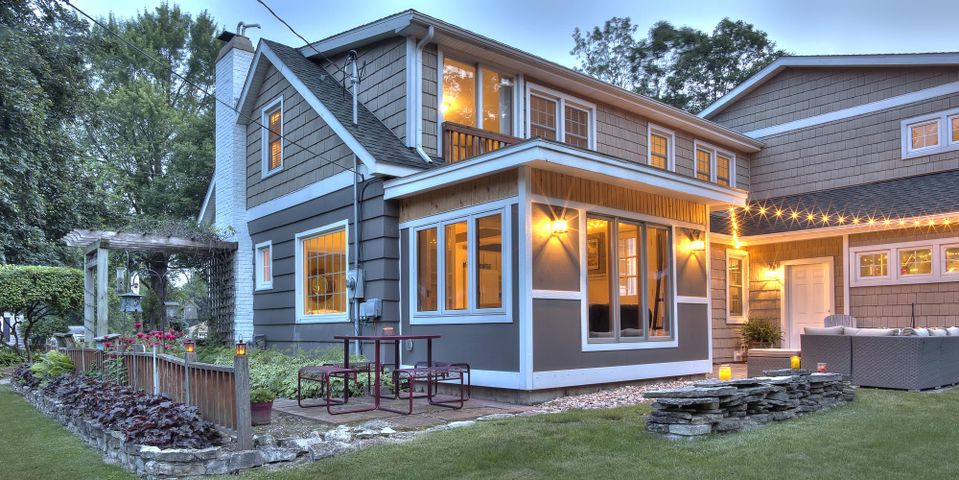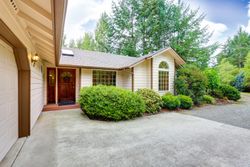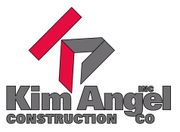5 Architectural Styles to Consider for New Home Construction

If your growing family needs room to spread out or you’re planning to move, consider investing in new home construction instead of buying an existing property. You can design the layout, install smart home technology, and add other features to enhance the functionality and comfort of the new space. You’ll also have complete control over choosing an architectural style, making it possible to find an option to suit your dream checklist of preferences. To inform the decision, here’s a look at typical characteristics of several few popular house styles you can modernize.
5 Popular House Styles to Inspire Your New Home Construction
1. Spanish Revival
Spanish Revival was popular in new home construction from 1915 to 1940. The style is known for its Mediterranean accents, such as stucco or adobe brick siding and low-pitch, gable, or hip roofs covered in tile. Doors and windows are often round at top and enclosed in wrought-iron, decorative grillwork. Towers, columns, and cantilever balconies are additional ornamental features on the property facade. Inside the multi-story homes, doorways are often arched, and walls are covered in plaster, with intricate, colorful tilework accents found throughout the house. Spanish Revival is a style that lets you get creative; translating old-world elegance into a modern American setting can be striking.
2. Ranch
Ranch-style homes were first constructed in the 1930s and gained  popularity after World War II. Covered in hipped or gabled roofing systems, the single-story, asymmetrical houses are often long and sometimes feature L- or U-shaped layouts. Ranch homes often feature open floor plans, with living room and dining areas flowing into one another. The homes typically have picture windows, sliding glass doors off decks, and attached garages, too.
popularity after World War II. Covered in hipped or gabled roofing systems, the single-story, asymmetrical houses are often long and sometimes feature L- or U-shaped layouts. Ranch homes often feature open floor plans, with living room and dining areas flowing into one another. The homes typically have picture windows, sliding glass doors off decks, and attached garages, too.
3. Cape Cod
An offshoot of the Colonial Revival style, Cape Cod homes became popular during the early 1900s, borrowing many design elements from residences found in New England during the 1600s. The unpretentious, symmetrical buildings are typically rectangular in shape with shutter-covered windows. The steep, gabled roofs feature chimneys and overhangs, while exterior walls are covered in wood shakes or shingles. Inside, communal areas and a bedroom are typically included on the ground floor with additional bedrooms on the second story.
4. Victorian
The Victorian era of architecture spans roughly from 1825 to 1901. The original homes often feature multiple chimneys, as fireplaces were included in most rooms to keep interiors warm. Bay windows, wrap-around porches, steep-sloped slate roofs with octagonal and round towers, colorful brick siding, decorative trim, and exterior railings are key features of the facades of these asymmetrical buildings. The homes are often two or three stories, with multiple rooms on each level, upper-floor balconies, prominent staircases and mantles, and built-in nooks. But don’t automatically think mansion—this elegant style can be incorporated into any modern family’s new home.
5. Modern
Modern-style architecture was a popular option for new home construction from roughly 1920 to 1940. The asymmetrical buildings are known for their clean horizontal lines, flat roofing systems, white stucco or concrete exterior walls with rounded edges, and lack of ornamental elements. Window frames feature simple metal trim, implying that the glass seamlessly blends with the surrounding walls.
No matter how creative you want to be with your new home, the High Point, NC-based home builders at Kim Angel Construction Co. Inc will lead the way. With over 30 years of experience and accreditation by the National Home Builders Association®, these general contractors will help you navigate financing options for the project, provide design advice, and manage construction to make the entire process easier and according to what you’ve been dreaming. To arrange an appointment to brainstorm ideas for your perfect home in North or South Carolina, call (336) 382-1522. For a better idea of the team’s abilities, check out their website to see photos of their work.
About the Business
(1 reviews)
Have a question? Ask the experts!
Send your question

